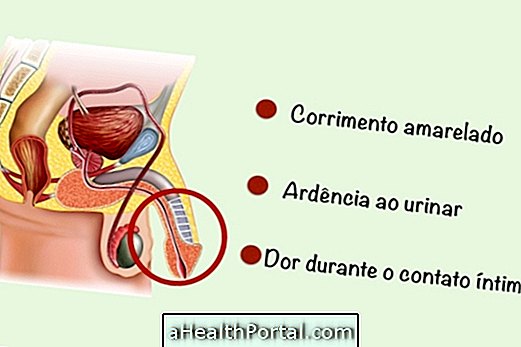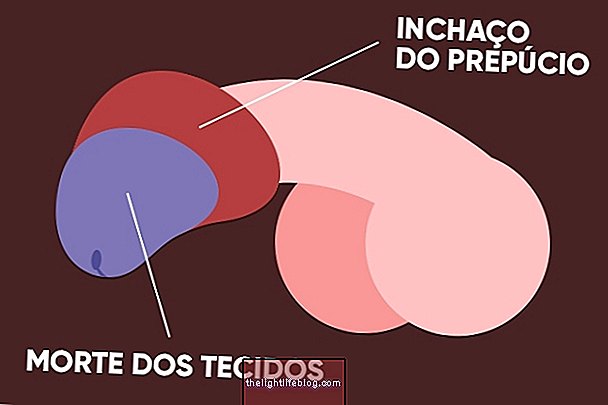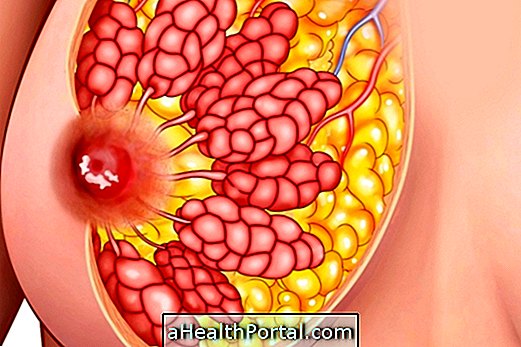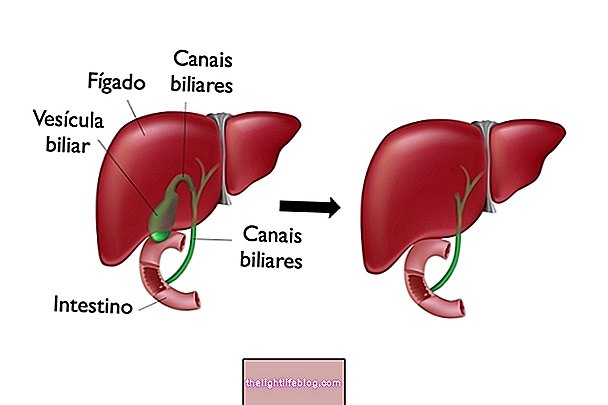The hydrocele is the accumulation of fluid inside the testicle, which may leave a little swollen or a testicle larger than the other. Although it is a more frequent problem in babies, it can also happen in adult men, especially after the age of 40.
Normally, hydrocele does not cause pain or any other symptom other than swelling of the testicle and, therefore, does not cause lesions in the testicles, nor does it affect fertility, disappearing almost always without needing treatment. If you have pain in the testicles, see what can be.
As swelling can also be a sign of more serious diseases, such as cancer, it is always recommended to consult a pediatrician, in the case of the baby, or a urologist, in the case of man, to confirm the diagnosis of hydrocele.
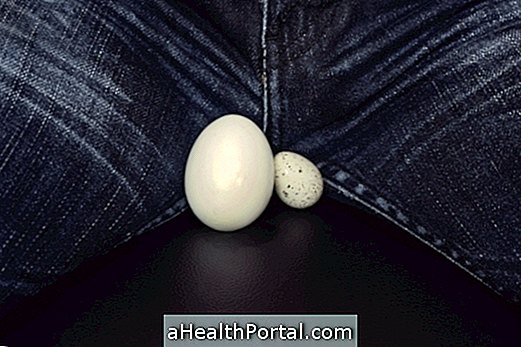
Hydrocele characteristics
To make sure that it really is hydrocele the only symptom that must be present is the swelling that can affect one or both testicles. The doctor may observe the intimate region, and touch to check for signs of pain, or any other changes that indicate the possibility of being another disease. But ultrasound on the testicles is the most accurate way to find out if it really is hydrocele.
How hydrocele treatment is done
In most cases the hydrocele in the baby does not need any specific treatment, disappearing alone within 1 year of age. In the case of adult men it may be indicated to wait 6 months to check if the liquid disappears alone.
However, when you are causing a lot of discomfort or increase in size over time, your doctor may recommend doing a minor surgery with general anesthesia to remove the hydrocele from the scrotum.
This type of surgery is quite simple and can be done in a few minutes and therefore the recovery is quick and it is possible to return home a few hours after surgery, as soon as the anesthetic effect completely disappears.
Another form of treatment is to perform an aspiration with local anesthesia.

Main causes of hydrocele
The hydrocele in the baby happens because during gestation, the testicles have a pouch with fluid around it, however, that pouch closes during the first year of life and the liquid is absorbed by the body. However, when this does not happen, the pouch may continue to accumulate liquid, generating hydrocele.
In adult males, hydrocele usually occurs because the canal, where the testes descended during pregnancy, did not close completely and the fluid from the abdomen passes into the scrotum causing swelling in the genital region. However, it can also happen later due to orchitis, epididymitis, inguinal hernias, trauma, or filariasis.


